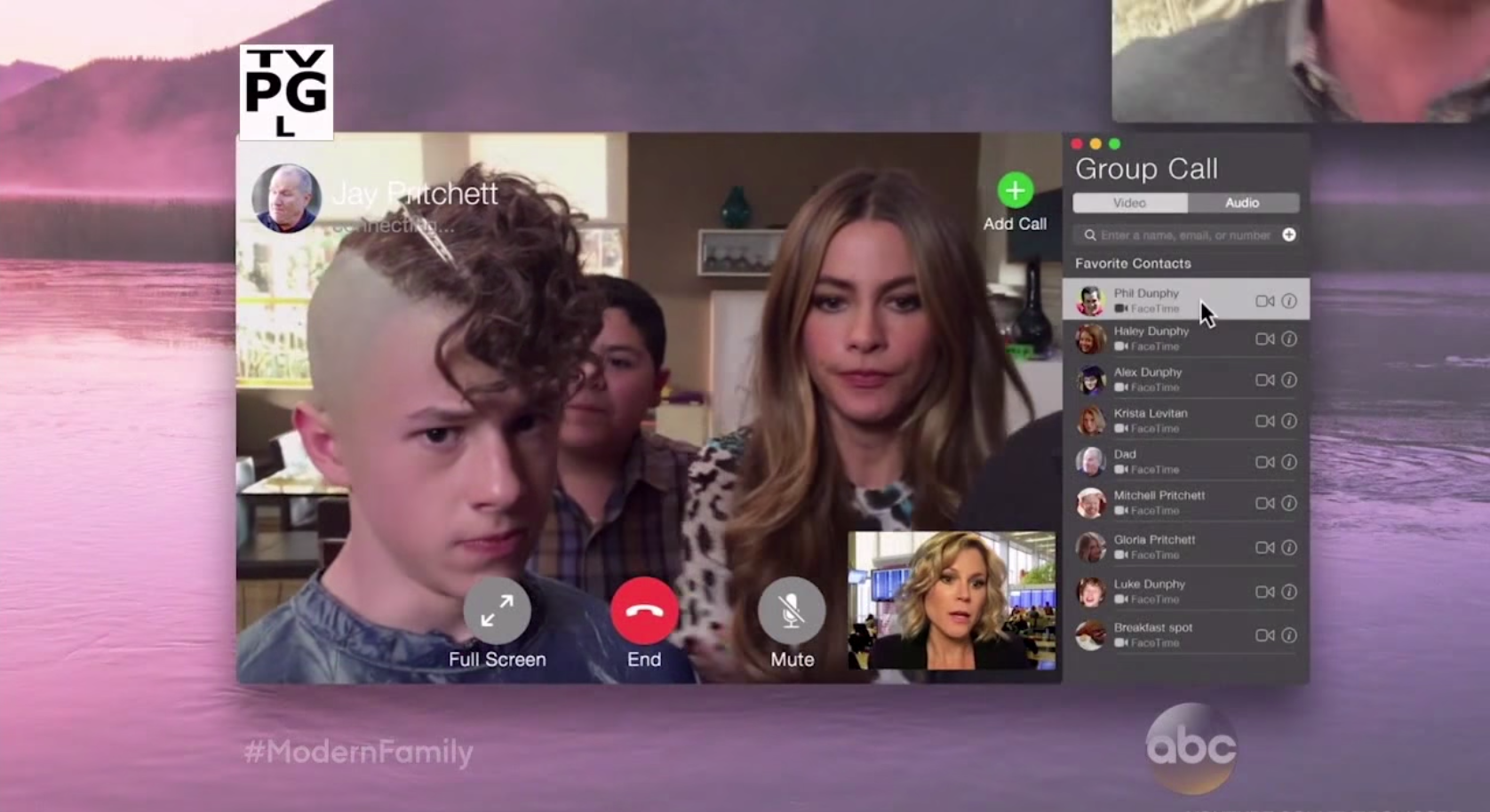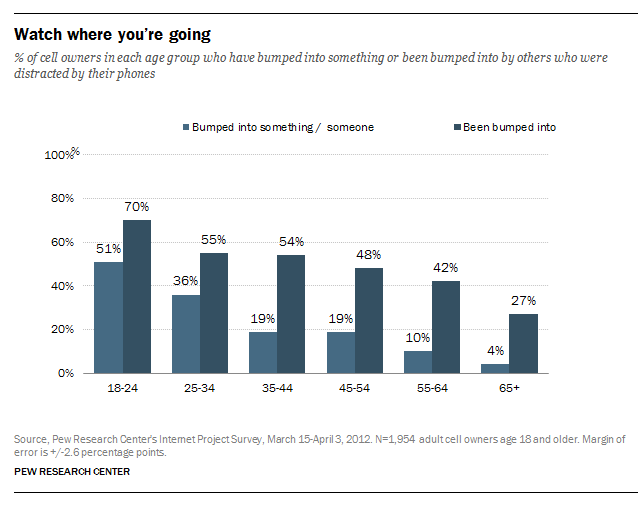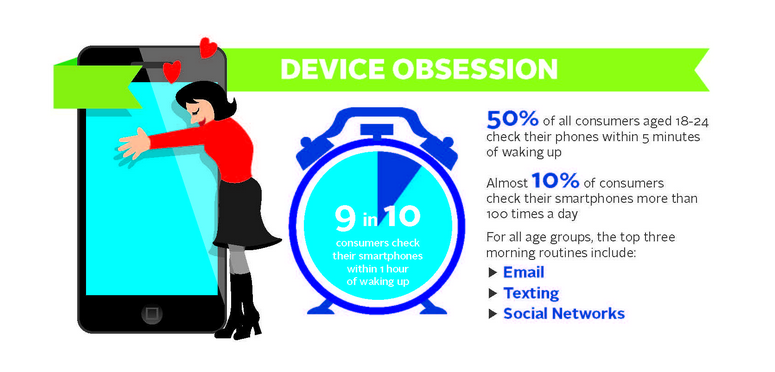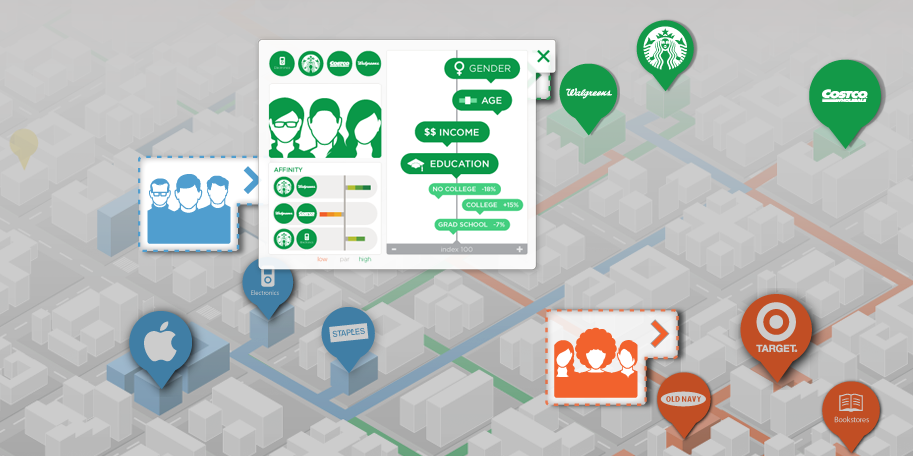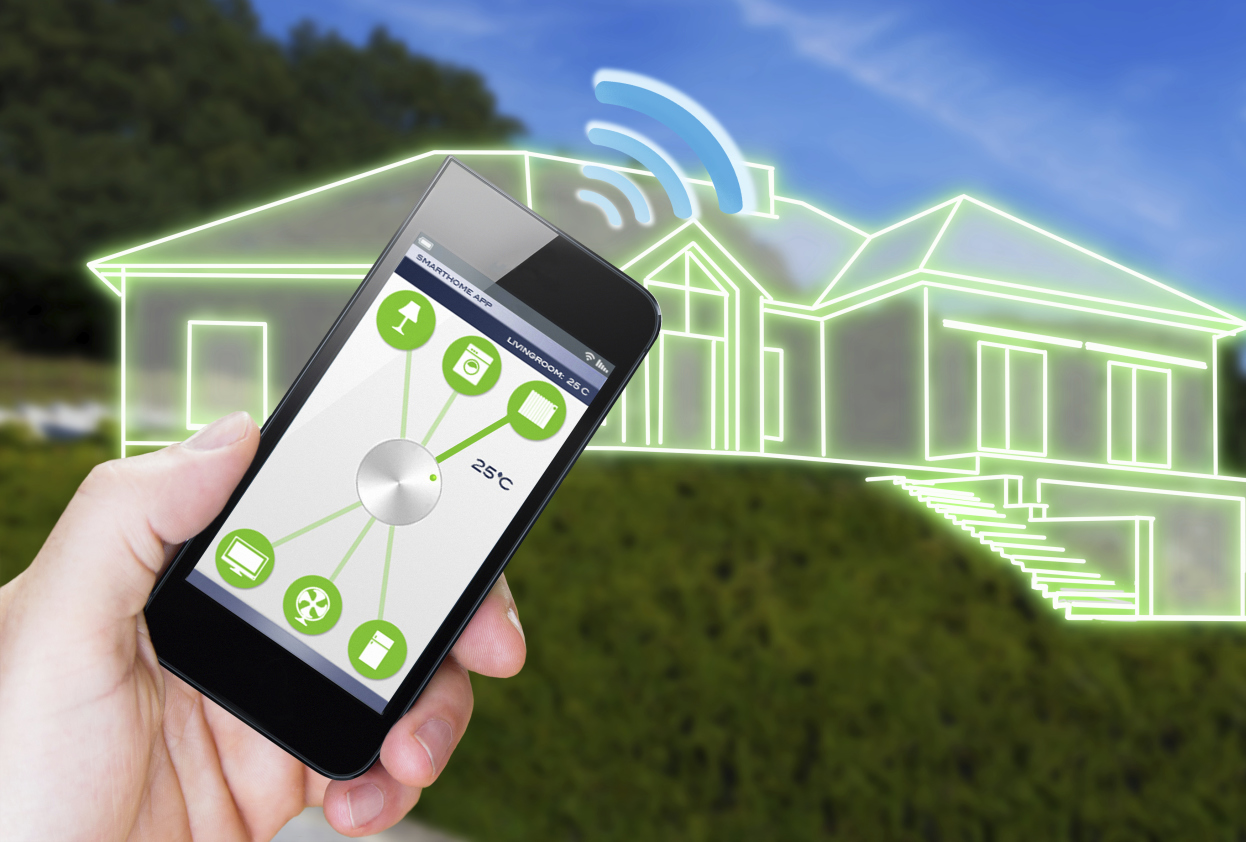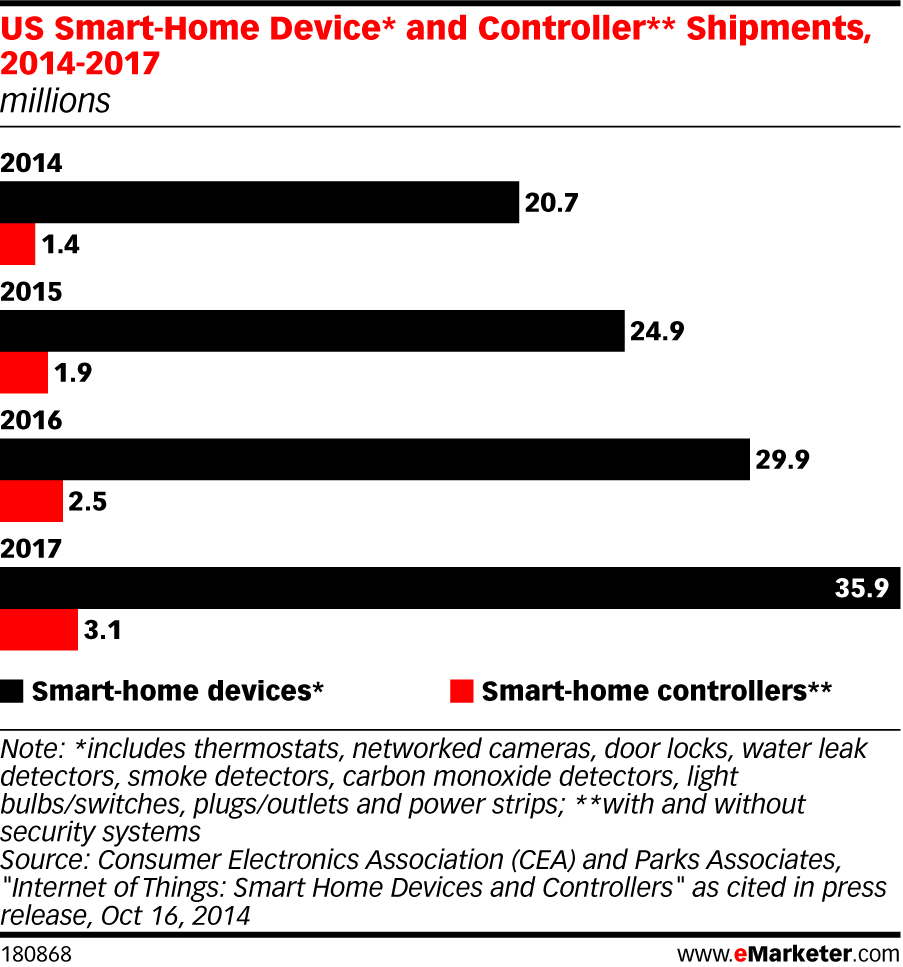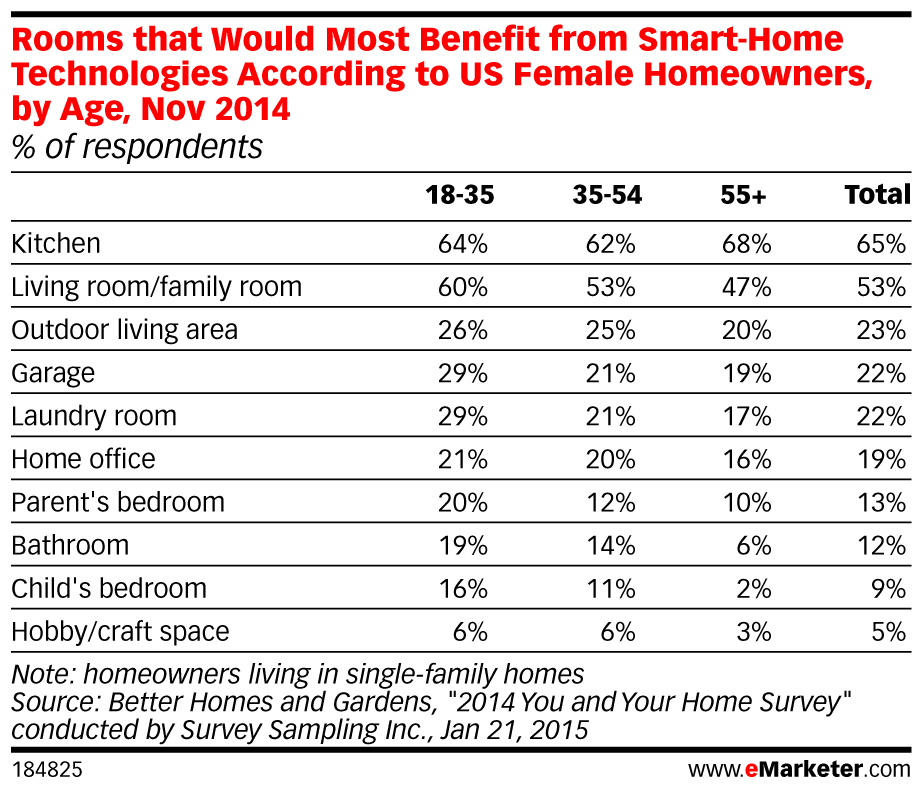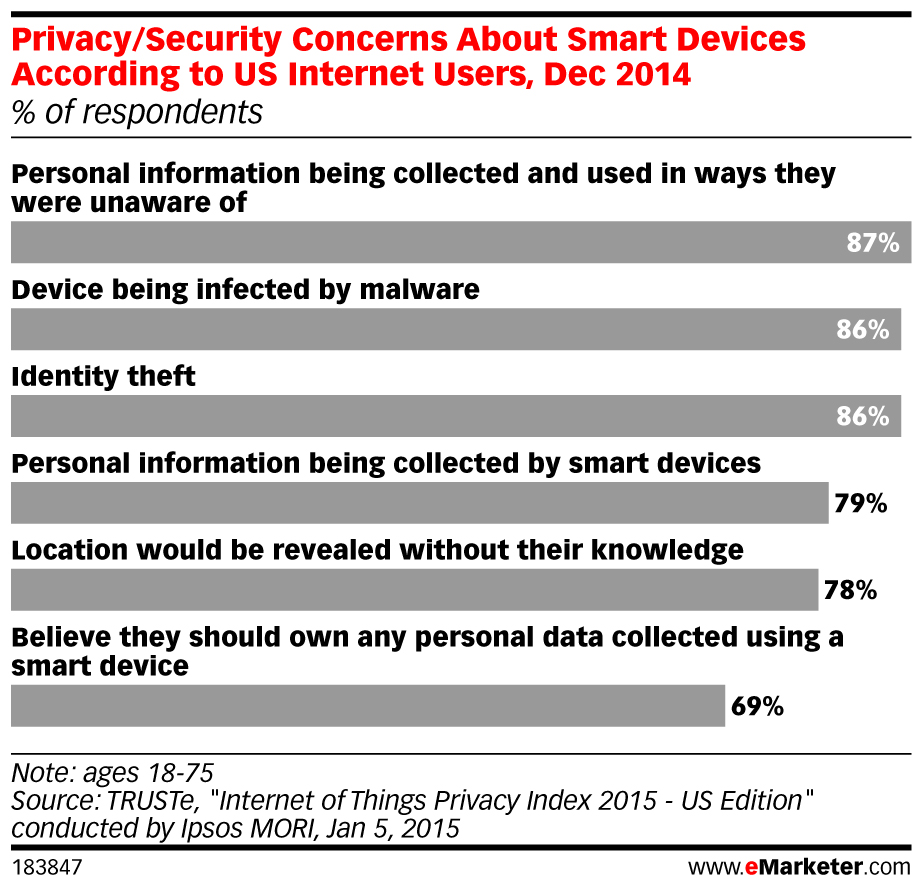Emmy-winning comedy Modern Family aired a rather unusual episode last night: an entire episode framed within a MacBook laptop screen and filmed exclusively with Apple’s mobile devices. While it might seem like a giant infomercial or product demo for Apple (though the Cupertino company did not directly sponsor the episode), the show pulled it off with hilarious jokes and a good grasp on the way modern communication works in an episode that, as a whole, highlighted our connection to our family and friends in this digital age.
The entire episode played out on the MacBook screen of the show’s mother as she frantically tried to get in touch her “missing daughter” using FaceTime, iMessages, Find My iPhone, and other iOS apps at her disposal. And it’s not just Apple—Facebook, Pinterest, Yahoo News, Google StreetView, and Microsoft’s Halo all made cameos as well. One particular funny gag involved the character hastily buying a last-minute birthday present from RalphLauren.com and selecting next-day shipment so as to cover up her forgetfulness.
While those technological asides are fun and pretty innovative for a hit network sitcom, it’s the human moments—the ones that illustrate how instant connectivity affects our relationships—that really stood out. Spoiler alert, though: the daughter was asleep in her room the whole time.
Top image taken from ABC promo video on YouTube
